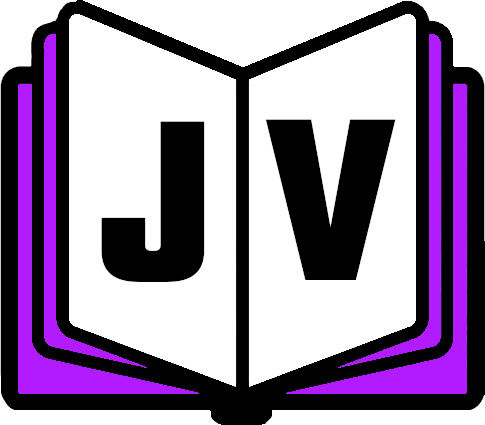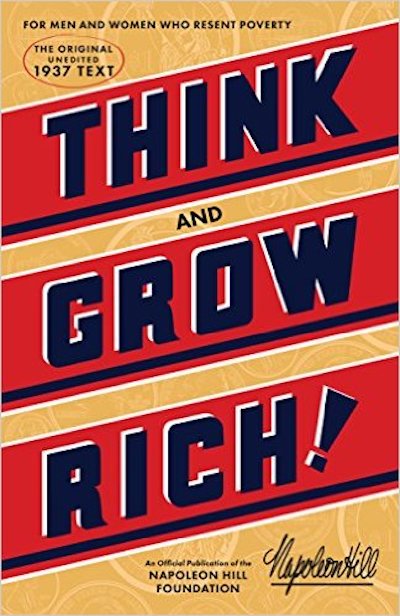I loved this book as much as, if not more, than The Simple Path to Wealth, and I think it pairs well with that book by spending more time on certain aspects like real estate and income growth. I also feel like this book was perfect for my current circumstances and added a lot of timely advice on how I approach our housing search, career aspirations, and other things that I’ve been mulling over recently.
Like a lot of personal finance books, this book is based around a few key steps, but I especially like how this book mostly limited it to three and spelled out which parts of the steps had to be done in order and which could overlap. The book is broken down into saving the first $25,000, then pivots into using that cushion to take more risks and pursue higher income and purchase a house that ideally also makes money, then finishes with the “final” steps once over $100,000 in net worth of “real” assets.
In almost every part of the book, there are good, real examples with the match and numbers clearly laid out for each of the scenarios. It was also refreshing after reading The Total Money Makeover to have the author actually explain the benefits and downsides to just about every option without just outright downing most things.
This book is certainly geared more towards people chasing early financial freedom, and with that, there are some more “extreme” habits that it suggests, but I think there is enough good information without it being too judgemental for people that aren’t necessarily trying to retire by age 30. All of the strategies discussed are still good and can be used on a longer timeframe, but they’re also there if someone is looking to retire and be financially free really early in life.
One big area that is noticeable is in the discussion of retirement accounts. The author doesn’t go as far as claiming they are bad but makes a good case for why they shouldn’t be prioritized, especially for people trying to reach financial freedom on an earlier schedule, because they keep money inaccessible or at least harder to access until later in life. While I’m not at the point yet, it does make me rethink how much I want to keep increasing my retirement contributions, because they’ll ideally just be used to build wealth for later in life and the extra money I would contribute could be used for more accessible assets like real estate or just regular index funds.




